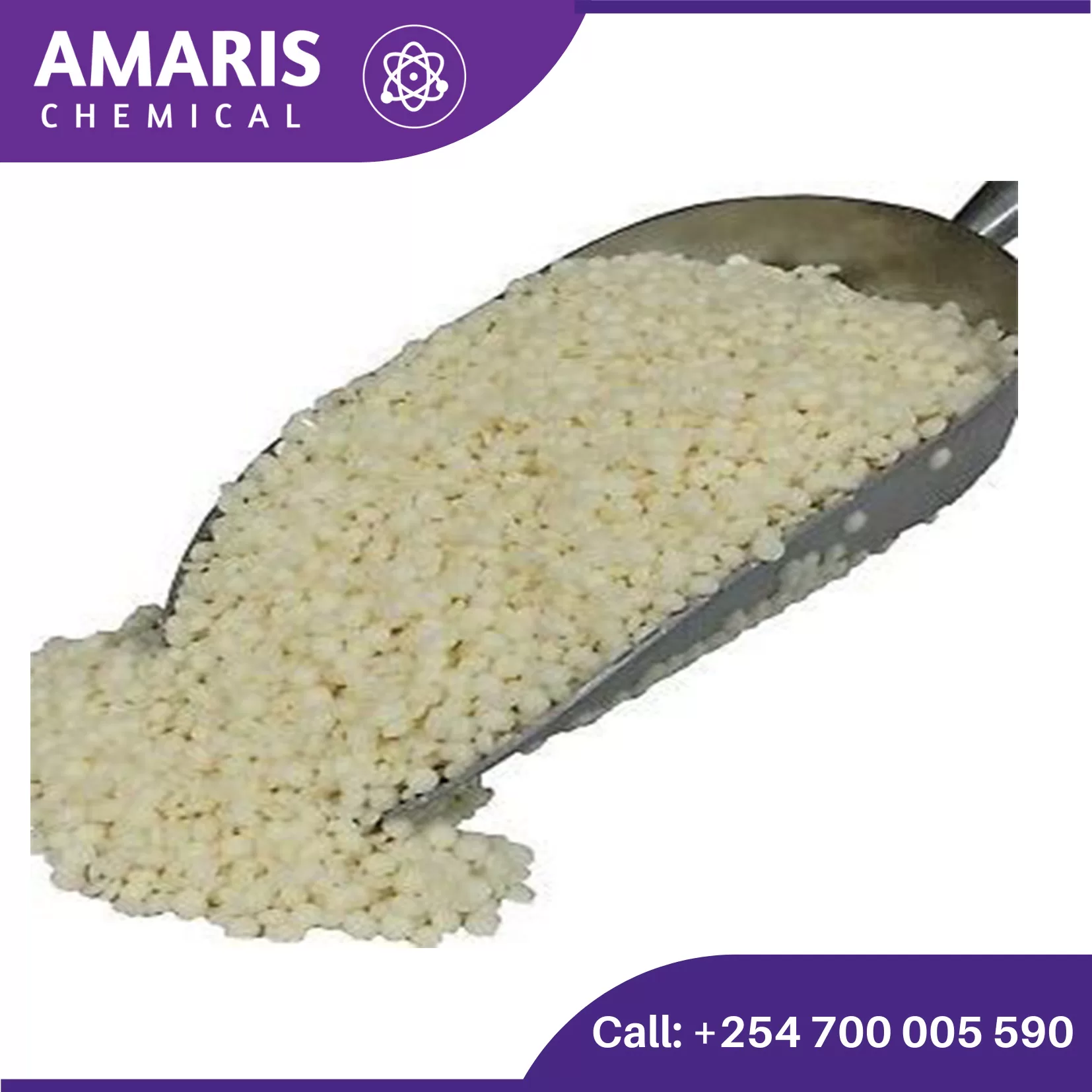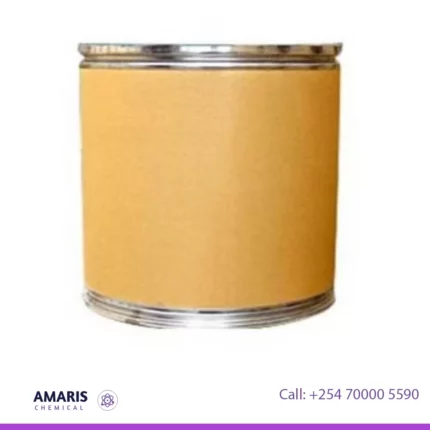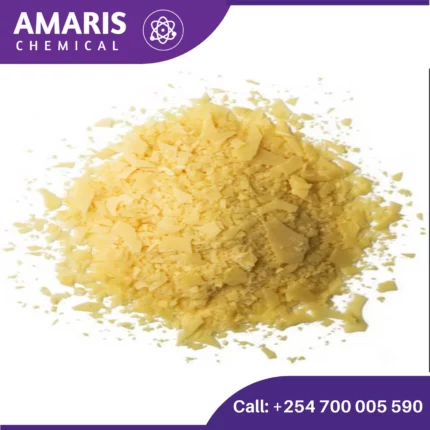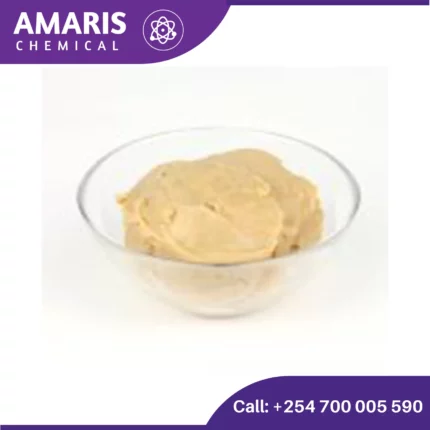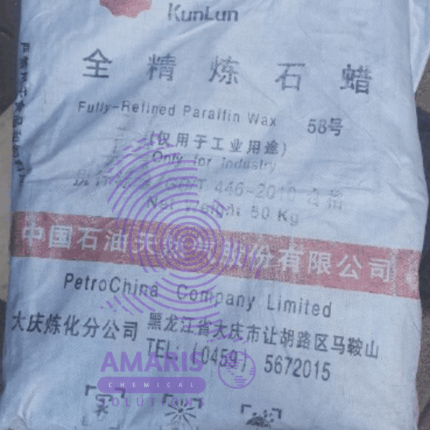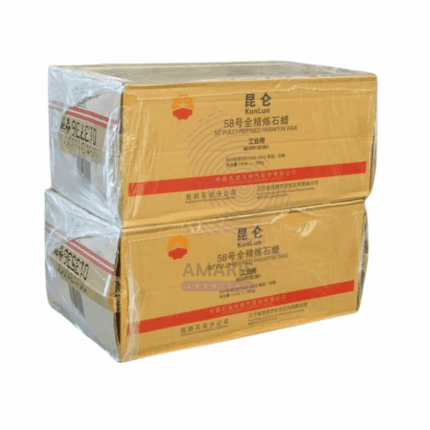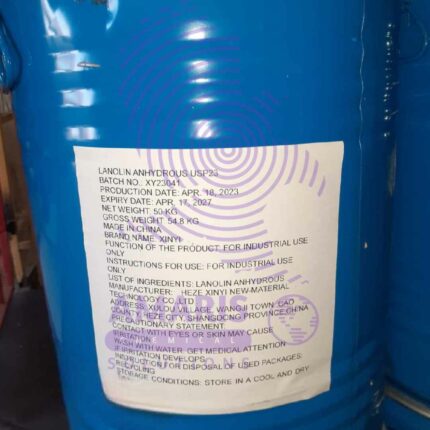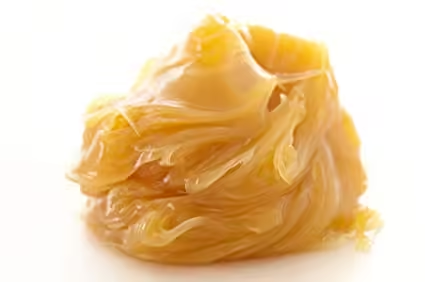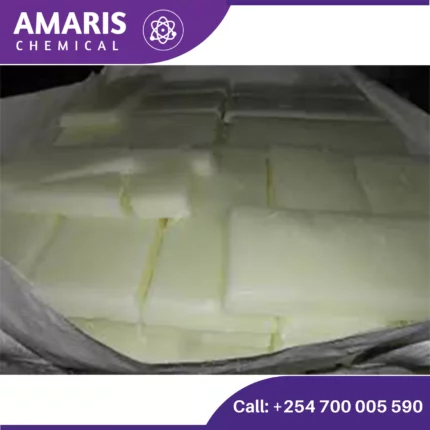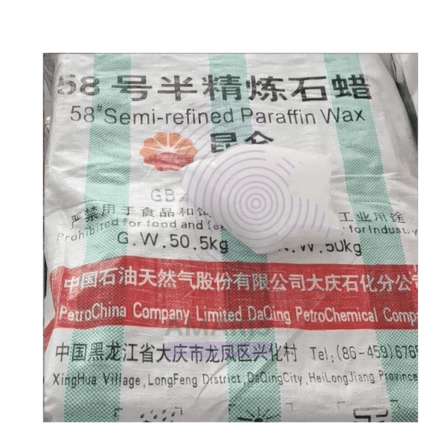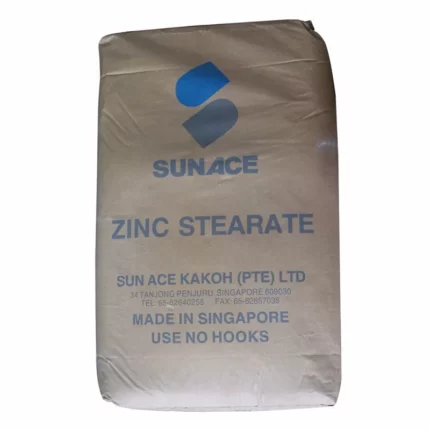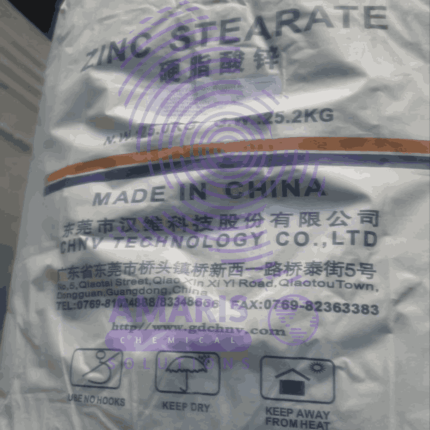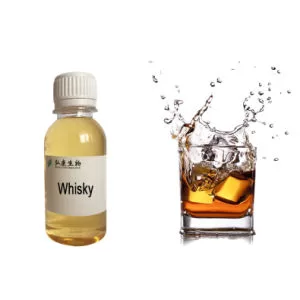
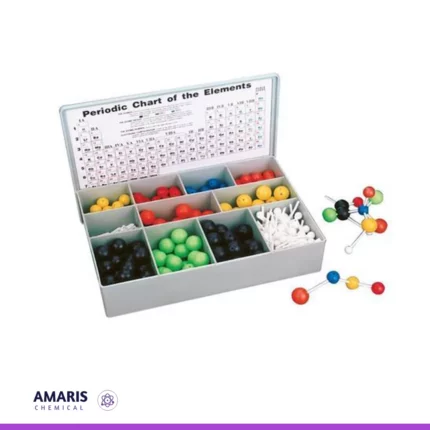
Soya wax
KSh5,000.00 Original price was: KSh5,000.00.KSh4,000.00Current price is: KSh4,000.00.
Soy wax is a natural alternative to traditional paraffin wax, made from soybeans. It’s becoming increasingly popular in candle making due to its renewable and biodegradable nature. Soy wax burns cleaner and slower than paraffin wax, emitting less soot and lasting longer. It’s also non-toxic, making it a healthier option for both the environment and indoor air quality. Many people appreciate soy wax candles for their eco-friendliness and the fact that they support agricultural sustainability. Additionally, soy wax can hold fragrance oils well, providing a pleasant scent experience.
Uses of soya wax
- Cosmetics:
Soy wax is used in cosmetics such as lip balms, lotions, and creams as a natural emollient and moisturizer.
- Massage Candles:
These candles are specifically designed to melt into a warm massage oil or lotion, providing both ambiance and a nourishing massage medium.
- Food Wraps:
Some eco-conscious individuals use soy wax to make reusable food wraps as an alternative to plastic wrap. The wax helps create a seal around food containers or directly around food items.
- Soap Making:
Soy wax can be used as an ingredient in homemade soap recipes, adding a creamy texture and moisturizing properties to the soap.
- Polishes and Sealants:
Soy wax can be used as a natural polish or sealant for wood, leather, and other materials. It provides a protective layer while also conditioning the surface.
- Art and Crafts:
Soy wax can be used in encaustic painting, a technique that involves applying layers of pigmented wax to a surface and then heating them to fuse the layers together.
- Wax Melts:
Similar to candles, soy wax melts are used in wax warmers to release fragrance into a room without the need for an open flame.
- Modeling and Sculpting:
Soy wax can be used as a medium for sculpting and modeling, especially in combination with other materials like clay or plaster.
Related products
Ammonium Lactate
Carnauba wax
Properties
- Appearance: It comes in flakes or powder and is typically light yellow to brownish in color.
- Melting Point: It has a high melting point of about 82-86°C (180-187°F), making it one of the hardest natural waxes.
- Composition: It is composed of esters, fatty acids, and alcohols, which contribute to its hardness and water-resistant properties.

